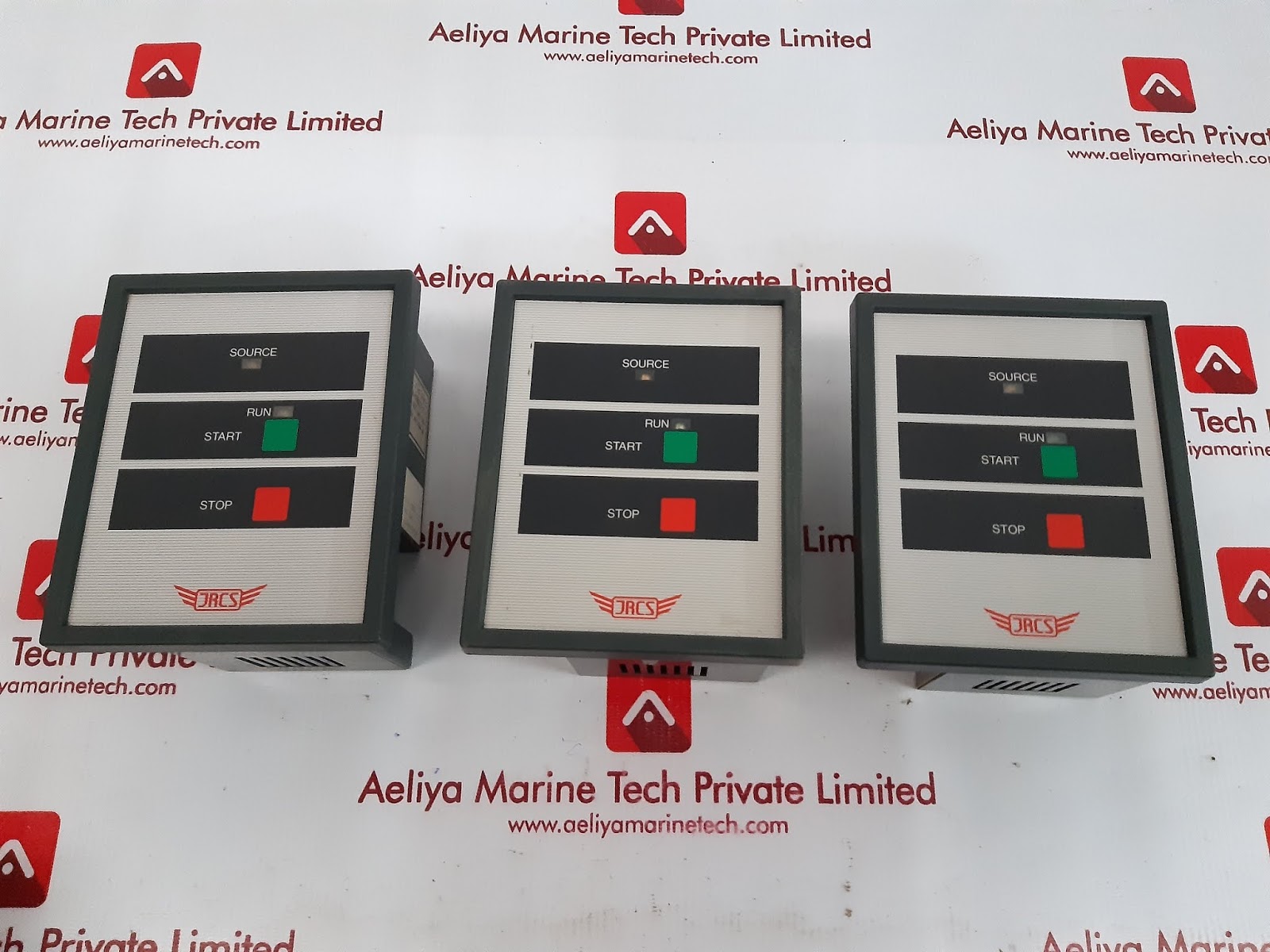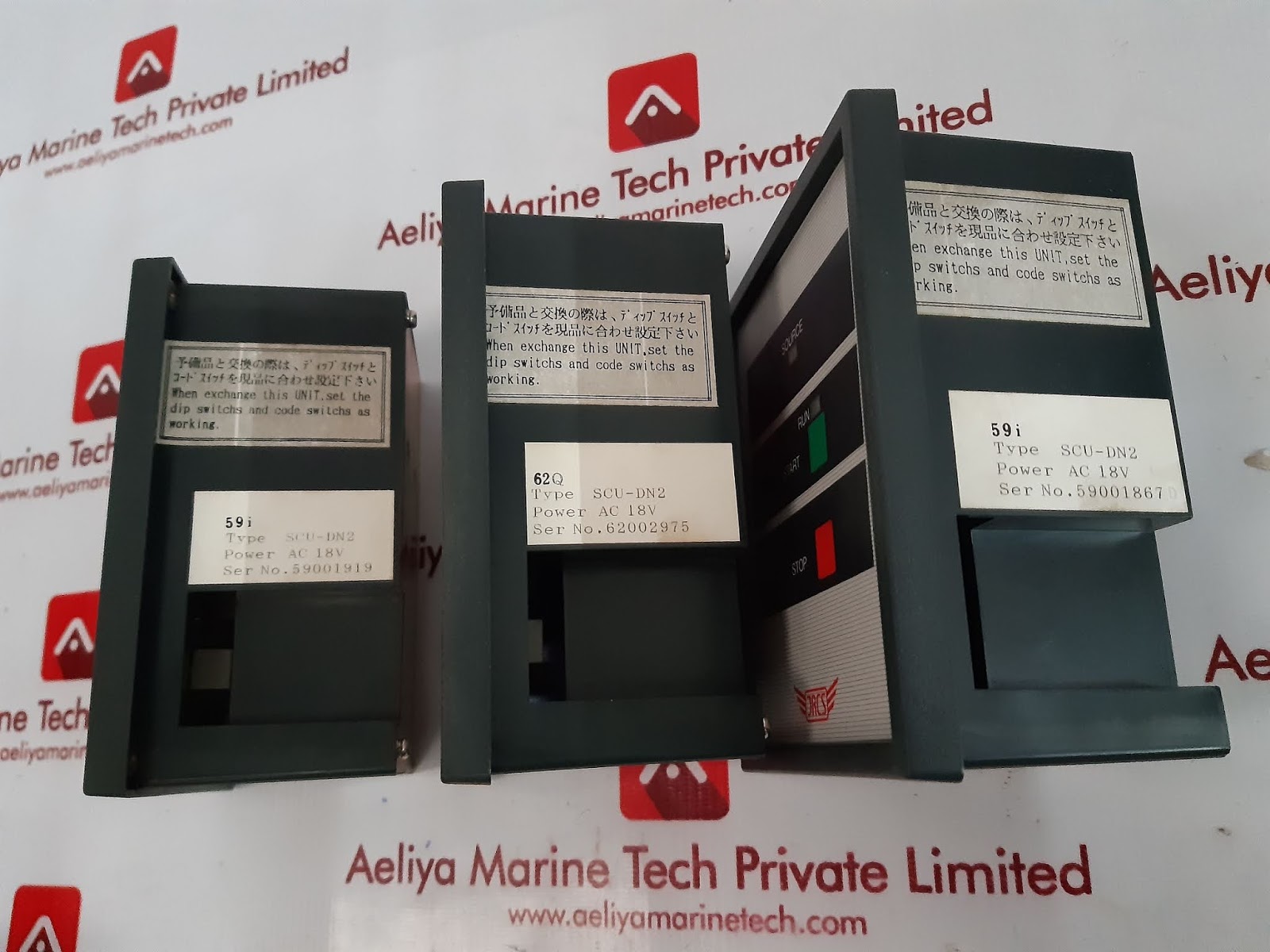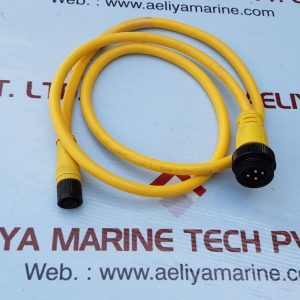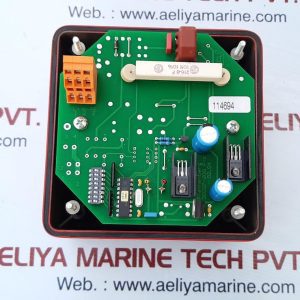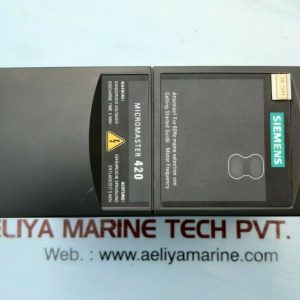| Attribute | Value |
|---|---|
| Brand | JRCS |
| Model | SCU-DN2 |
| 59 I | Included |
| 62 Q | Included |
| Power | AC 18V |
| Weight | 350 gm |
What is the JRCS SCU-DN2 Starter Control Unit?
The SCU-DN2 is a high-end control unit meant to control motor starters in ships, factories, and other industries. It is produced by Japan Radio Co., Ltd. (JRCS) and is characterized by its reliability, accuracy, and user-friendliness. The unit facilitates automatic and manual control of electric motors, increasing operational efficiency and safety.
Key Features of SCU-DN2
1. Efficient Motor Control
Offers smooth motor start-up and shut-down
Lessens electrical stress on motors and prolongs lifespan
2. Intuitive User Interface
Features a user-friendly display and control panel
Enables operators to monitor and control motor performance with ease
3. Sophisticated Safety Features
Features in-built protection against overcurrent, overload, and voltage variation
Increases equipment safety and avoids damage
4. Space-Saving and Robust Design
Designed for space-saving installation
Built using high-quality materials to endure tough conditions
5. Versatile Integration
Supports multiple industrial and marine automation systems
Supports local and remote control operations
Advantages of SCU-DN2 Use
Increased Reliability: Guarantees safe and reliable motor operation.
Energy Efficiency: Minimizes the consumption of power by maximizing the use of motors.
Improved Safety: Safeguards equipment and human life from electrical malfunctions.
Cost-Saving: Low maintenance needs translate to lower operational costs.
Multi-Purpose Applications: Applicable in marine, industrial, and automation industries.
Uses of JRCS SCU-DN2
SCU-DN2 Starter Control Unit is commonly utilized in:
Marine Industry: Controls ship and offshore platform engines and auxiliary systems.
Industrial Automation: Controls electric motors in factories and processing facilities.
Power Generation: Controls generator motor startup sequences.
HVAC Systems: Provides controlled startup of fans and compressors.
